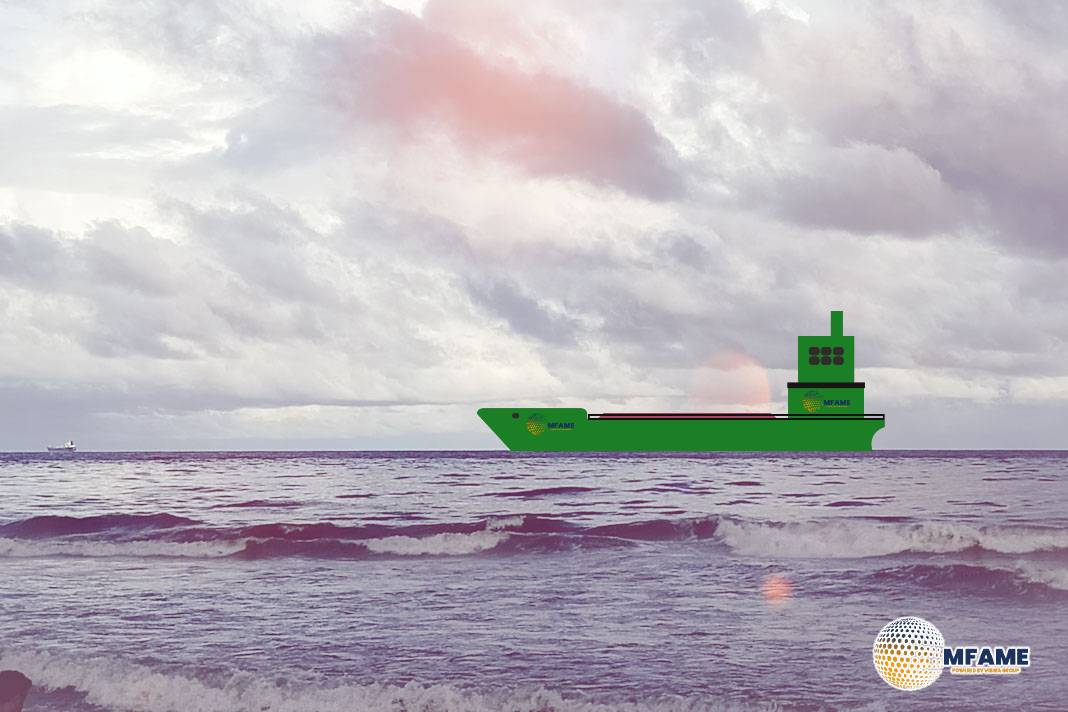Russia has been relying more on non-Western companies to transport its oil to international buyers since the start of the war in Ukraine, reports S&P Global.
Oil Supplies
To undermine Russia’s war chest without disrupting global oil supplies, G7 countries and their allies implemented a price cap on seaborne Russian crude oil exports at $60 per barrel.
This price cap regime, effective on December 5, 2022, primarily targets tankers, insurers, and other service providers within the G7, EU, Australia, Switzerland, and Norway.
However, the price cap does not directly apply to tankers flagged, owned, and operated by entities outside these jurisdictions, nor does it cover vessels insured by non-Western protection and indemnity clubs.
While these vessels may be older and less well-maintained, their role in Russian crude exports has been increasing in recent months. This trend coincides with rising Urals crude prices and stricter enforcement of Western sanctions.
Analysis of S&P Global Commodities at Sea and Maritime Intelligence Risk Suite data reveals that non-price-capped tankers are more prevalent in the shipping of Russian Pacific crudes, such as Sokol, Sakhalin Blend, and Eastern Siberia–Pacific Ocean grades, compared to those originating from Baltic or Black Sea ports like Urals.
Did you subscribe to our daily Newsletter?
It’s Free Click here to Subscribe!
Source: S&P Global


















